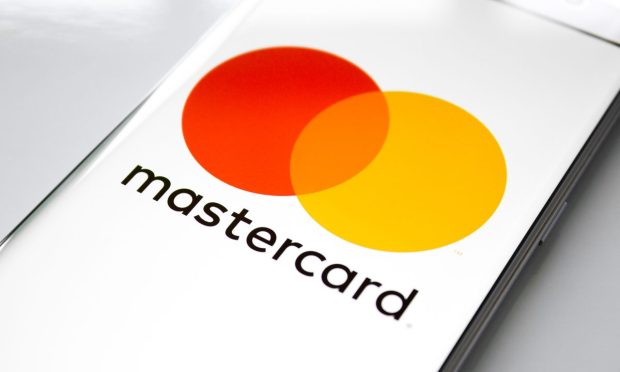Embedding Payouts Into Payments Flows Key to Consumer’s Real Time Money Mobility Experience

The move to embed payments into all manner of customer experiences — be that on platforms, through disbursements, or even via cryptocurrencies — is a process that demands collaboration.
“Multiple types of payments demand multiple approaches,” Mastercard Send Executive Vice President Liz Oakes told Karen Webster. “There is no one-size-fits-all approach.”
As the connected economy takes shape, a key challenge will be connecting all of the disparate pieces of a consumer’s digital journey, where, for example, an individual can choose to seamlessly link a social media account to their personal calendar, contacts, card and bank account.
Giving consumers more control over their finances means that the work done yesterday by creator economy workers gets paid out as wages today, and in turn, the phone bill (or whatever else) also gets paid in a timely fashion.
Insurance companies can pay out a range of claims as split payments, and B2B interactions that have been mired in paper for so long can be streamlined and modernized.
The Case to Collaborate
That type of connectivity will demand a coexistence and collaboration between open banking and in-place payment rails, Oakes said. Open banking is about information (tied to customer-permissioned data), while the rails help dictate and enable fund flows. To the latter point, it may make sense that card rails are the most efficient ways of pulling or pushing money. In other cases (for lower value transactions, perhaps), account-to-account (A2A) flows may be optimal.
But getting there means that enterprises may need some help bringing real-time payments into the services they offer end users.
Against that backdrop, the payments network said Thursday (Feb. 17) that 16 firms have been chosen to take part in the Mastercard Send Partner Program, including Adyen, AptPay, Checkout.com, Green Dot, PayPal, Ingo Money and more, with additional partners slated to be announced throughout the year.
Read more: Mastercard Names 16 Partners to Its Real-Time Digital Payments Program
The program is designed to help banks, FinTech providers and system integrators deliver more convenient and secure real-time digital payments.
Oakes said the formalized partnership program represents a natural evolution, given the fact that Mastercard had already been working with many of these firms on individual efforts and initiatives.
Writ larger, the program is one that is focused on “distribution — and it brings us closer to embedding capabilities where Send is just part of a customer experience,” or “where we’re in someone else’s product and environment,” Oakes said. Mastercard is also helping those partner firms with marketing and tech support.
“We’ll be figuring out opportunities and bringing firms through a more finalized process of training, with access to tech resources and use case information,” she said.
How It Works
Delving into the mechanics of the partnership, Mastercard will seek to work proactively with systems integrators and tech enablers, as well as consumer facing firms. Along the way, Oakes said, commerce ecosystems will take shape and be cemented among all those stakeholders, across old and new rails, while scaling rapidly and globally.
The partnership model allows Mastercard (and the firms that want to integrate Send) to sidestep the technical heavy lift of having to do direct integrations as partner firms themselves try to create payment and commerce solutions for their own enterprise clients who demand real-time digital payments, she said.
For example, Oracle and Mastercard partnered to create Civic Assist, which helps public sector organizations to disburse aid. AptPay will launch smartSEND, enabling casinos and online gaming sites to instantly disburse winnings into bank accounts or onto prepaid cards.
When asked how Mastercard had chosen the current crop of partners, Oakes said the first elements of consideration were tied to geography and segment focus. She cited far-flung sectors such as insurance and other automated vehicles where suppliers and enterprises are seeking new ways to provide financial services and products to end users (including cryptocurrency).
Over time, Mastercard and its partner enterprises can streamline and improve the customer experience, eliminating paper from the equation and giving end users more control over their data.
“We’re looking for best of breed firms,” she told Webster of the partnership efforts, “and we’re looking for people who really know their markets. Mastercard can tackle the payment side. We understand the regulatory side and the compliance side with payments and how you design workflows and interactions.”
Looking ahead, she said the Send Partnership Program has partnered internally with several of the payment network’s teams tied to the Mastercard Engage platform, which connects enterprise clients with service providers to deploy tools such as digital wallets or mobile point of sale.
As Oakes told Webster of the Send partnerships: “We’re working alongside some of these providers to help them solve problems they didn’t even know were possible to solve.”
